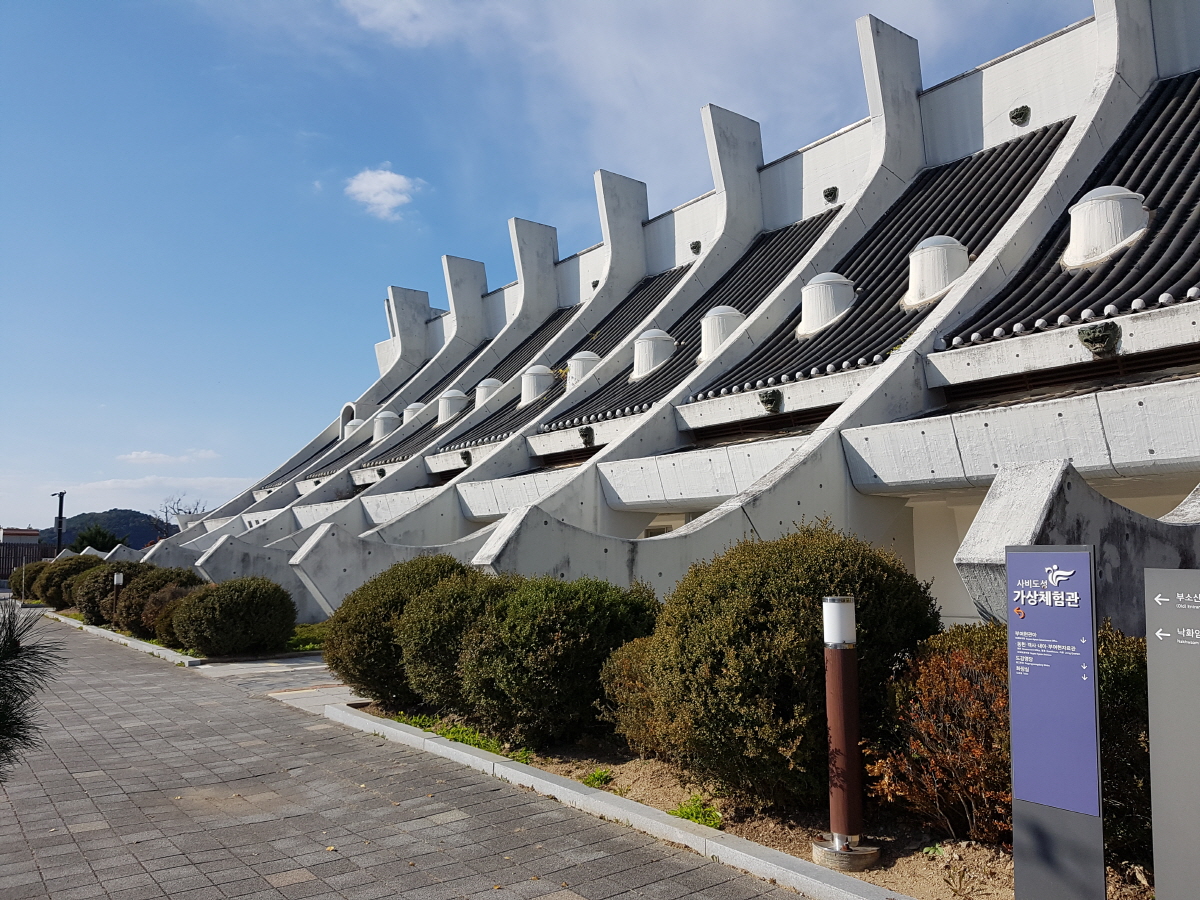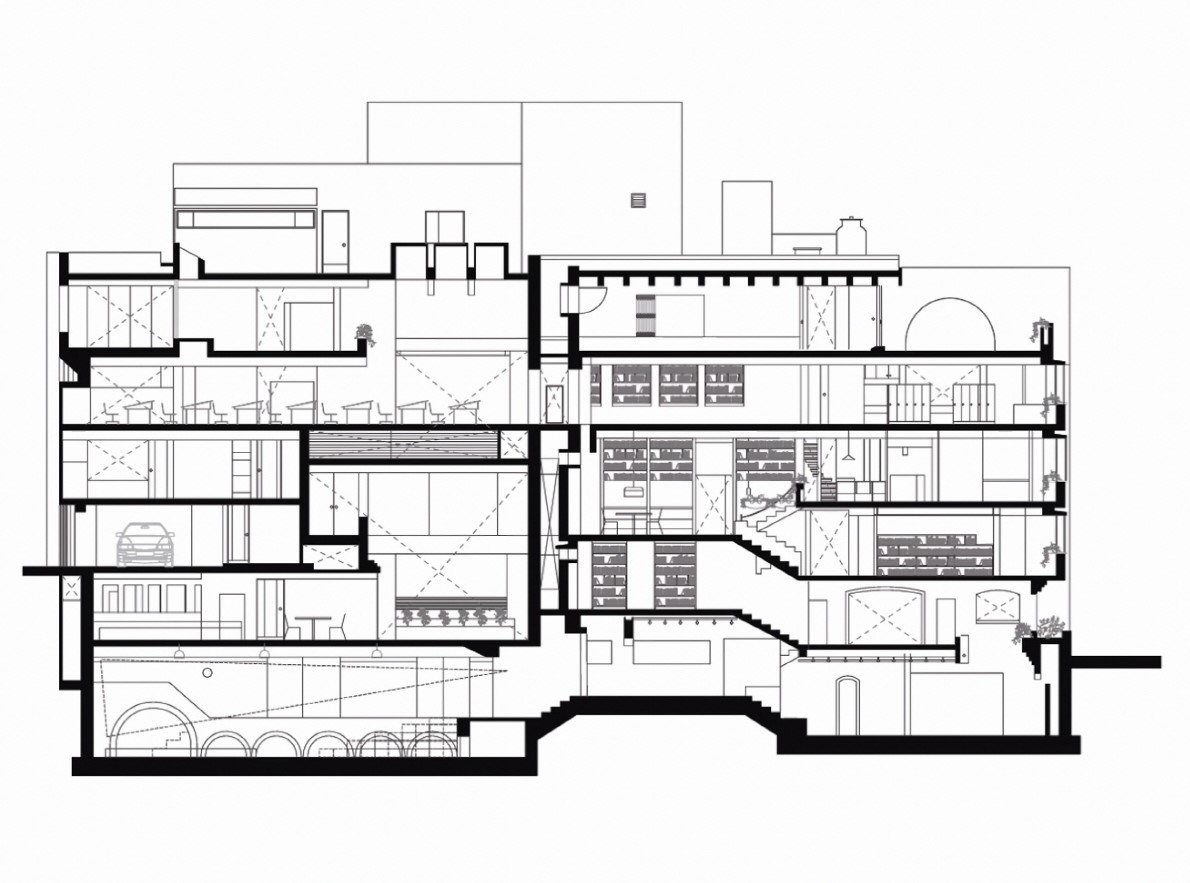SPACE September 2023 (No. 670)
On July 31, the Korea Association for Architectural History hosted the ninth lecture in the Architectural Theory Class. In this lecture, Baek Jin (professor, Seoul National University) discussed the topic ‘History and Storytelling – Another Face of Kim Swoo Geunʼs Architectureʼ, presenting a new perspective on Kim Swoo Geunʼs early works, the Buyeo National Museum (1967) and SPACE Group of Korea Building (1971). Before delving into the main topic, Baek Jin raised two issues. Initially, that thereʼs a lack of comprehension of what transcends form and space when discussing the Buyeo National Museum, which has been at the centre of controversy due to its exterior appearance, even though it has existed for over half a century. Additionally, the SPACE Group of Korea Building, considered to be one of Kim Swoo Geunʼs masterpieces and viewed as a pioneering architectural work of its time, has been predominantly interpreted from an author-centered viewpoint, limiting opportunities to look at it from outside that context. First, under the topic ‘representation and planeʼ, he highlighted the form of the Buyeo National Museum, which had been at the centre of recent controversy concerning its appearance. The central point of the debate is that the main entrance and roof shape of the museum resemble the architectural style of Japanese shrines. Citing Yoon Seungjoong (honorary chairman, Wondoshi Architects Group), he pointed out that the museumʼs vaulted surface was not an entrance but an exit, elaborating on the relationship between style and layout. As they interpreted the layout based on the style, even though the building was distinct in appearance and function, they could only understand the architecture through the logic of uniformity in appearance and function. He further emphasised the Buyeo National Museumʼs capacity to evolve in diverse ways over the past half-century while retaining a consistent exterior. Building on these points, Baek Jin asserted that we should perceive the representational concerns of the Buyeo National Museum from an alternate perspective. He championed a paradigm shift in architecture that would go beyond binary logic and foster greater self-awareness.
Later, when discussing the SPACE Group of Korea Building, instead of interpreting it in relation to Korean tradition, he attempted to understand it from the perspective of alliances of differences and hybridity, actively discussed in architectural discourse since the 1960s. Examining the initial plans for the SPACE Group of Korea Building from 1971, the consistency of structured spaces using skip floors was noted. However, the revised plan from 1977 connected the first to third floors with skip floors and introduced a circular staircase above, forming a transition in the design logic. Moreover, the SPACE Theatre located in the second basement was initially planned as a conference room. Still, due to geological conditions, it became possible to host an independent programme that significantly influenced modern and contemporary Korean culture and arts. From this point, Baek Jin argued that the SPACE Group of Korea building evolved into a building with adaptability through the combination of spatial languages of varying scales and proportions.
by Kim Jia
 View of Buyeo National Museum ©Baek Jin
View of Buyeo National Museum ©Baek Jin
 Section of SPACE Group of Korea Building / Image courtesy of SPACE Group
Section of SPACE Group of Korea Building / Image courtesy of SPACE Group





